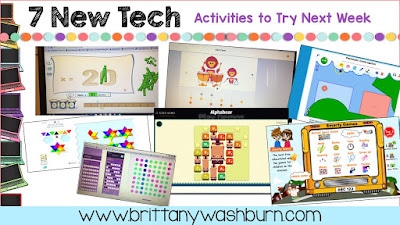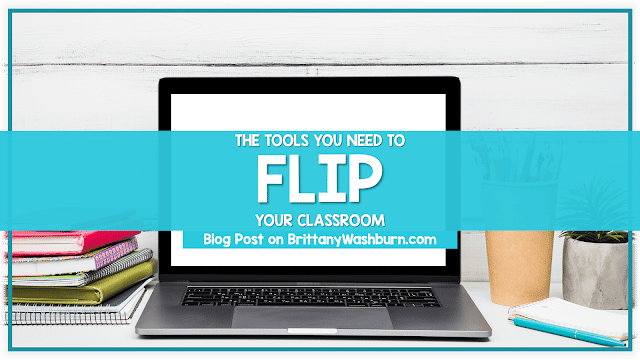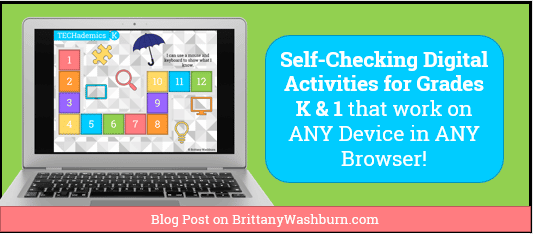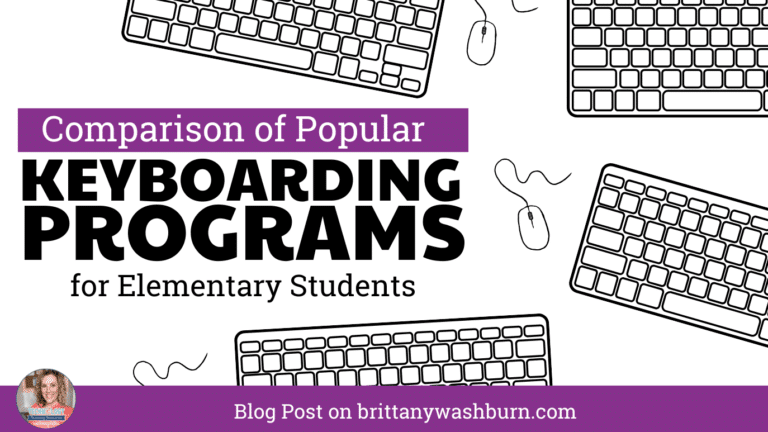Simple Ways to Integrate Technology in Your Elementary Classroom
Integrating technology into your elementary classroom doesn’t have to be complicated. Integrating technology into the elementary classroom has become essential for fostering an engaging and effective learning environment. However, there lies a challenge in understanding how to seamlessly incorporate these tools into everyday teaching practices. We will explore simple yet impactful ways to harness technology in the elementary classroom, providing educators with practical strategies, tools, and resources to create a dynamic and collaborative learning experience for their students.
Understanding the Role of Technology in Education
Digital literacy is not just about knowing how to click a mouse or scroll through a touchscreen. It’s about teaching kids to navigate the online universe safely and effectively. By integrating technology into your classroom, you’re equipping your students with the skills they’ll need to thrive in the future—where the only thing more common than TikTok dances will be the need to decipher vast amounts of digital information.
Benefits of Technology for Young Learners
Integrating technology in the classroom opens up a treasure chest of learning opportunities. Interactive lessons, instant feedback, and access to a world of information are big benefits that can be reaped from just a little, simple technology integration. It can cater to different learning styles, meaning whether your student is a visual, auditory, or kinesthetic learner, technology has got their back.
Plus, let’s not deny the power of engagement! If you are in any doubt, take a look at How Technology Integration Boosts Student Engagement
Embracing Interactive Learning with Simple Technology Integration
We have the 5 Must-Have Tools for Effective Technology Integration in the Classroom for you, but here are just 2 essentials to get you started.
Gamification in the Classroom
Gamification is like transforming learning into an epic quest! Adding game elements, such as points, badges, or leaderboards, can motivate even the most reluctant learners. We can show you How to incorporate gamification in the elementary classroom to create challenges and competitions to encourage participation, or reward achievements with fun incentives. When kids are actively engaged and having fun, you can be sure they’re learning too.
Using Interactive Whiteboards and Smartboards
If you’re not using interactive whiteboards or smartboards yet, they are definitely a game changer! These boards bring lessons to life with dynamic visuals, videos, and interactive activities. Kids can come up and solve problems, participate in virtual field trips, or even draw on the board like it’s their personal canvas. It’s a fantastic way to keep energy levels high and minds engaged. Picking even one thing from our guide on How to Use Interactive Whiteboards to Enhance Student Learning will have great benefits for your classroom!
Enhancing Collaboration through Technology Integration
Knowing How to Use Digital Resources to Enhance Collaboration is easier than ever with the technology readily available to elementary classrooms today.
Tools for Group Projects and Peer Learning
Collaboration is crucial, and technology makes it easier than ever for young learners to work together. Platforms like Padlet can help students share ideas, documents, and artwork. You can set up collaborative projects where they can communicate and create, even from different corners of the classroom. Group learning not only cultivates teamwork but also allows kids to learn from each other!
You can also use digital platforms like Google Classroom to create an online classroom that encourages communication, resource sharing, and peer feedback.
Incorporating Multimedia for Diverse Learning Styles
A few tips is all you need to Integrate Multimedia (Images, Videos, Links) into Google Slides and PowerPoint. Many teachers are already using presentation software for their lessons and activities, never knowing that simple tweaks could take those presentations to the next level for their students.
Visual Aids Including Videos and Images
Using videos, animations, and captivating images can help visual learners grasp concepts more effectively. Think of it as transforming your lesson into a mini-movie—complete with colorful visuals that ignite imagination! Platforms like YouTube and educational resources like Khan Academy provide fantastic content that breaks down complex topics.
Audio Resources for Auditory Learners
For those students who learn best through sound, incorporating audio resources is essential. Audiobooks, podcasts, and even class recordings can enhance their learning experience.
- Why not introduce them to engaging podcasts that cover subjects relevant to the curriculum?
- You can turn a mundane lesson on history into an exciting journey through time with the right audio clip.
- Audiobooks can be a blessing for students who struggle with reading, making literature accessible and enjoyable for everyone.
Assessing Student Progress with Technology
Digital assessment tools like Kahoot, Google Forms, and Wayground (formerly Quizziz) allow teachers to create interactive quizzes that gauge student understanding in real-time. Did you know you can even make it competitive? Students love a little friendly rivalry, especially when it involves points and leaderboards! Plus, you get quick feedback on their progress.
We have the Top 8 Apps and Programs for Streamlining Classroom Management and Assessment ready for your consideration. All you need to do is pick something and give it a try!
Professional Development for Teachers in Tech Integration
The Role of Teachers in Technology Integration is critical, and invaluable. Here are some ways to make sure teachers are equipped to do whatever you want.
Workshops and Training Opportunities
Luckily, there are countless workshops and training opportunities available to help teachers feel more comfortable integrating technology into their classrooms. From hands-on sessions that allow you to try out cool tools to online courses that fit into your busy schedule, there’s something for everyone. Try these 10 Independent Professional Development Resources for Teachers as a starting place. Plus, attending these workshops can lead to some pretty nifty teaching strategies—because learning from others’ experiences is the best kind of shortcut, right?
Building a Supportive Community of Educators
Nobody said you have to go it alone in this tech journey! Building a supportive community of educators can be invaluable. Join online forums, social media groups such as my Tech Teacher Tribe, or local teacher meet-ups where you can swap tech tips and tricks. Sharing knowledge not only enhances your own skills but also fosters a sense of camaraderie among teachers. Together, you can navigate the trials and triumphs of technology integration, making it a breeze instead of a burden.
Final Thoughts
Educators are increasingly recognizing the potential of technology to enhance student engagement, personalize learning experiences, and prepare young learners for a future that is inherently tech-driven. Whether you’re a seasoned teacher or new to the profession, these insights will empower you to transform your classroom into a vibrant hub of creativity and innovation.
By incorporating these simple strategies into your teaching, you’ll be well on your way to creating a tech-savvy classroom that prepares your students for the future—one click at a time!






